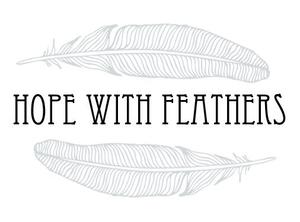February’s chill burrowed its way into the confines of our apartment and I’m convinced a bit of it settled in our brains as well…turning them to mush by all accounts! The warmth of Spring that unearths tulips and bulbs, can also be quite effective at removing the kind of the homeschool daze I pack on in the Winter. One of the ways I’m re-focusing is by reminding myself of some basic teaching methods.
Particularly in the Pre-school years, The Three Period Lesson, is a trademark of a Charlotte Mason education, but like so many of her principles, it seems like a common sense approach to the way a day is woven together with young children; talking, pointing out, and sharing observations naturally.
Lesson One is where naming occurs. “Sweetie, this is the color yellow” or “This is the color green.” Or “Oh look at that animal climbing the tree! That is a squirrel!” The opportunities to name and speak with our youngest learners throughout the day are endless really, but the mental shift comes when we engage these opportunities and intentionally plan to build on them.
Lesson Two is where a child shows recognition of a given object, letter or number. In a line of the letters A,B and C, you might ask, “Which one is the letter B?” Or when you are visiting the zoo or reading a book about animals, “Which one is the elephant?” “Can you show mommy the orange fruit?”
Lesson Three requires that the child has naming, recognition and pronounciation of the word within their menal capabilities. Independently, the child is able to give an answer as you point to any given item and ask “What is this?”
In our home, The Three Period Lesson is a staple of our pre-school. It is a method that gives some shape to introducing numbers, letters, colors, animals and other objects.
This week we are also using the three period lesson in:
-Baking I’m measuring and pouring and talking to Lael about cups and teaspoons and the ingredients needed to make her favorite pancakes. She’s nearly ready to make breakfast herself, minus the griddle skills, of course.
-Nature Study As we begin our observation of birds returning to the Northeast this Spring, we are beginning a study of the wren as well as identifying trees and signs of Spring.
-Colors using watercolors along side our impressionist study, Lael is showing mastery in her knowledge of the basics, while the older children are using the color wheel to identify complimentary colors in the elements of design.
-Poetry learning about limmericks or sonnets, the three period lesson can be extended to identify the structure of different styles of poetry, and ultimately, allow the children to create their own works.
So, how do you think you could apply this simple method to what you are teaching this week?

